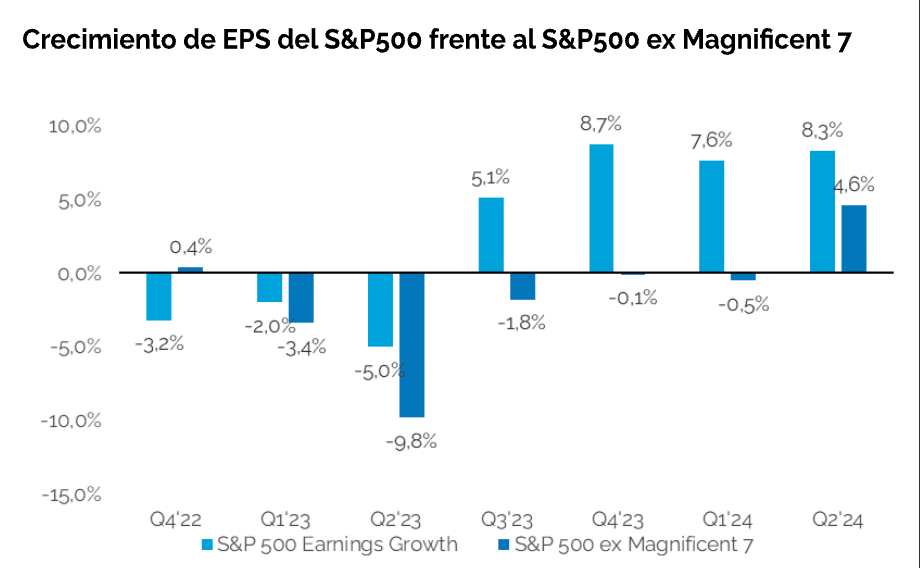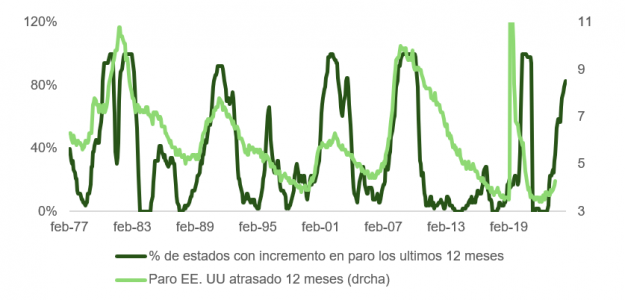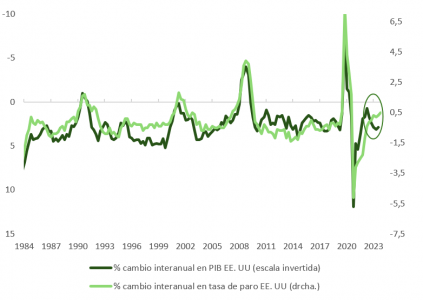Tokenization: The Next Step in the Evolution of ETFs?
| For Amaya Uriarte | 0 Comentarios

The global ETF market has reached a new record in assets under management, driven by strong market performance and a clear investor preference for these vehicles. According to EY’s latest report on this industry, two clear trends have emerged in the past decade: the development of active ETFs and the entry of ETFs into the crypto asset universe. Could tokenization be the next step in this evolution?
“Digital assets are starting to gain traction, particularly with the SEC’s approval of spot bitcoin ETFs, which could begin to pave the way for asset tokenization, though challenges in liquidity and settlement mismatches persist. Efforts to shorten settlement times could accelerate the trajectory of tokenization in ETFs,” the report notes. The approval of spot bitcoin ETFs was followed by the green light for vehicles investing in Ethereum this past May.
According to the EY report, investor interest in digital assets and tokenization is on the rise. In fact, the consulting firm believes that in recent years, significant progress has been made as financial markets move in this direction. “ETFs physically backed by digital assets have been present in European markets for several years, offered by providers like Shares and ETC Group, allowing market participants to trade this asset class on European exchanges, albeit with certain distribution restrictions. In January 2024, the SEC also recently approved applications for 11 spot bitcoin ETFs submitted by companies like Fidelity and Invesco, as well as the conversion of Grayscale Bitcoin Trust into an ETF. This approval fundamentally changed the shape of this industry segment, shifting from being mostly unregulated, operating out of Europe with less than $13 billion by the end of November 2023, to being primarily regulated, operating out of the U.S. with nearly $53 billion by the end of January 2024,” the report explains.
In Europe, the European Commission is conducting a comprehensive review of the directive on eligible assets for UCITS. According to EY, this review could potentially open the door to digital assets in the future, though UCITS diversification requirements would mean that single-exposure products (like the SEC-approved spot bitcoin ETFs) would remain as ETPs in Europe, similar to commodity products and single-stock exposure products.
“However, the SEC’s approval of these products is fundamental and will see wider adoption and greater familiarity with digital assets among conventional financial market participants,” the report adds.
In its assessment, hailed as the next revolution in financial markets, this movement will undoubtedly drive what comes next for the industry. “It remains to be seen whether this is the approval of another trendy product or a further step toward tokenization across the asset management industry. And with this, questions arise about the longevity of the ETF wrapper, given that real-time settlements will come into play,” they suggest.
According to EY’s analysis, while the transition of ETFs into a tokenized product will occur in the medium to long term, the industry is already working on efforts to accelerate settlement across the value chain. “In May 2024, the U.S. and Canada will move from T+2 to T+1 in securities settlement times. To shorten settlement cycles, providers have been working to enhance their trading systems and automate manual processes wherever possible, ultimately bringing operational efficiencies, cost savings, and reduced settlement risk,” the report indicates.
In their view, this will have a profound impact on the global ETF industry: “It will create liquidity mismatches between ETFs traded in Europe (with T+2 settlement) and their U.S. securities portfolios (with T+1 settlement), or ETFs traded in the U.S. (with T+1 settlement) and their European securities portfolios (with T+2 settlement). This adds additional financing costs to their commercialization, as authorized market participants for these ETFs will need to bridge the gap between the primary and secondary market settlement cycles. Once T+1 settlement becomes routine in the U.S., and market participants operate on a shorter cycle, we expect calls for Europe to follow suit, and the European Securities and Markets Authority (ESMA) is already consulting on this.”
In this sense, they recognize that Europe is a much more complex trading market than the U.S., with multiple stock exchanges, currencies, languages, and legal systems. Shortening settlement time will be much more difficult than in the U.S.,” they believe. However, once this is done, will investors demand the industry to shorten the cycle again? “Tokenization could be the next step if the industry seeks to further accelerate the cycle and offer a solution for real-time settlement. The broader asset management industry is looking at tokenization to increase efficiency and liquidity in trading alternative assets (such as private equity or fixed income) and unlock new sources of capital,” they argue.
In fact, EY points out that some providers have been exploring pilot projects to tokenize fund issuance and work on commercial, legal, and technological challenges before expanding this effort. “The FCA in the UK has announced that it is working with the industry, and the Investment Association in the UK recently published a roadmap for implementing tokenization in this area. Tokenization has the potential to fundamentally change the asset management ecosystem. It could enhance settlement speed and open new avenues for both investors and ETF managers,” they conclude in their report.






















